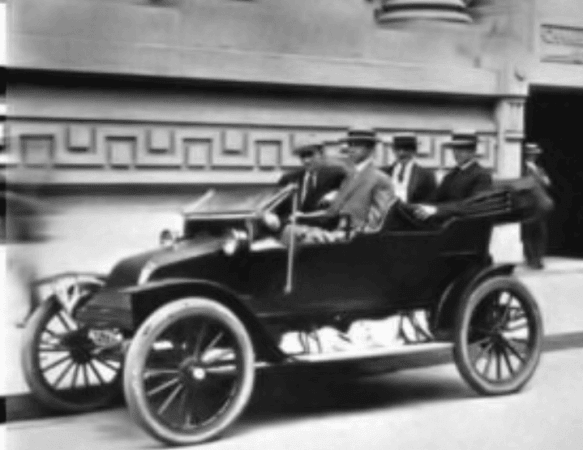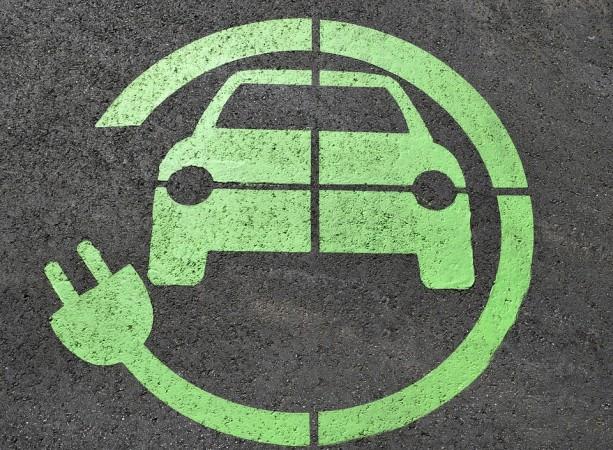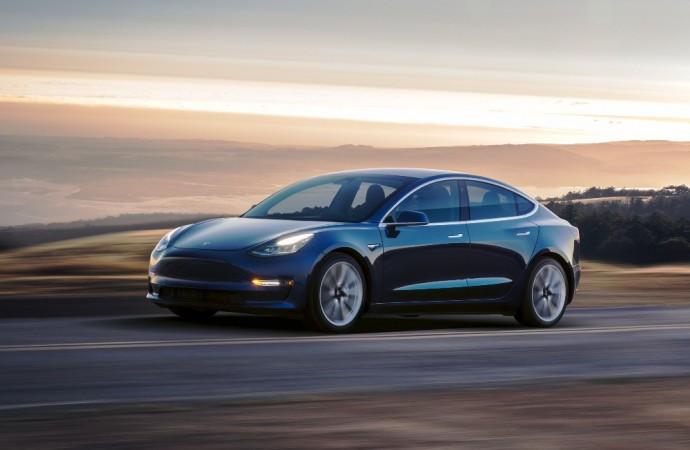Owning a Tesla or a Prius in the US may not be a head-turner anymore as you would easily spot one pull up at a red light. The road to this day hasn't been without obstacles as electric cars, which once (read: 100 years ago) held a prominent market share in the automobile industry, had gone nearly extinct. The gas-pumping, vibrating, noisy alternative to the electric cars had paved their way to the extent that everyone felt gasoline-powered cars were affordable and easier to manage and use. That wasn't the case 100 years ago. Let's take a flashback.
Rise of electric cars a century ago...
In an interesting archive on the Curbed, the history of electric cars at the advent of "Automotive Age" in the US has been detailed. It was in the year 1890, the first successful electric car made its inroads in the US. It was a six-seater electric wagon with a top speed of 14mph and a brainchild of a chemist from Iowa. A decade later, electric cars grew in popularity - to the extent that NYC had a fleet of electric taxis. At that time, electric cars contributed to a third of all the vehicles on the road. That's right!

Electric cars grew in favouritism, thanks to their no noise, no smell, no vibration movement in contrast to the gasoline or steam cars. In fact, they were easy to operate without a manual crank to start and a cumbersome gear system.
There was a monumental milestone in the electric car journey with Oliver P. Fritchle launching the best car batteries in the biz, which offered 100 miles on a single charge. To prove his mettle, he went on a road-trip in his two-seat Fritchle Victoria model that sold for $2,000, going from Lincoln, Nebraska, to New York City. He drove 1,800 miles in 20 days, charged at electric central stations of electric garages at night and in his entire journey had one flat tire.

He marketed his car as "100-mile Fritchle" and promised 10-day delivery. Soon enough, Fritchle was selling 198 vehicles per year between 1909 and 1914.
What changed?
The challenges of owning electric cars were somewhat relatable to this day. The lack of charging stations was a major concern for car owners back in the day, but by 1910, the provision to install their own charging stations on their property and charging points at car-repair shops became quite common. So that was a relief, only to an extent.
But that still wasn't a deal-breaker, until Henry Ford's Model T came along in 1908, which was the final nail in the coffin. By 1912, a gasoline car cost only $650 whereas the electric car was sold for $1,750. And when Charles Kettering invented electric automobile starter, things changed forever and it was what was needed to convert an electric car customer, Curbed documented.

After the First World War, the roads got better and then came the discovery of Texas crude oil, which meant, people could explore more and the price of gas was lower than ever. By 1935, electric cars were next to extinct.
EVs making new inroads
There were serious efforts made in the 1970s to bring back electric vehicles. Even with the Congress passing the Electric and Hybrid Vehicle Research, Development, and Demonstration Act and oil crises, the EV technology was still playing catch up with its predecessors. Electric cars in 1970s had a 40-mile range with a 45-mile-per-hour top speed. It still didn't match Fritchle's 100-mile feat.

Fast forward to this day and the advances made by EV manufacturers, namely companies like Tesla which have made developments in leaps and bounds, have brought back the mojo that once made electric cars an attractive option.
Elon Musk had said in a 2008 presentation that the first-gen Tesla Roadster's price tag of $109,000 was necessary for the development of more affordable EVs in the future. In 2021, his analysis was astute. Now a Tesla Model 3 four-door sedan costs less than half of what the Roadster was priced at thirteen years ago.

A century ago, electric cars were a statement of lavish, posh lifestyle, but now they're becoming a part of daily life. More so, a way to save the environment and fight the menace of air pollution. The EVs are growing in market share as global sales rose 80 percent in 2021. Big giants like Ford, GM and others have now committed to zero emissions by 2040. The recent passage of a $1.2 trillion bipartisan infrastructure bill by federal lawmakers is also expected to help accelerate EV adoption in the US. Even the state governments are backing commitment to EVs now.
This only proves that electric cars will be the future once again. It's inevitable.










!['Lip lock, pressure, pyaar': Vidya Balan- Pratik Gandhi shine in non-judgmental infidelity romcom Do Aur Do Pyaar [ Review]](https://data1.ibtimes.co.in/en/full/797104/lip-lock-pressure-pyaar-vidya-balan-pratik-gandhi-shine-non-judgmental-infidelity-romcom.jpg?w=220&h=138)






